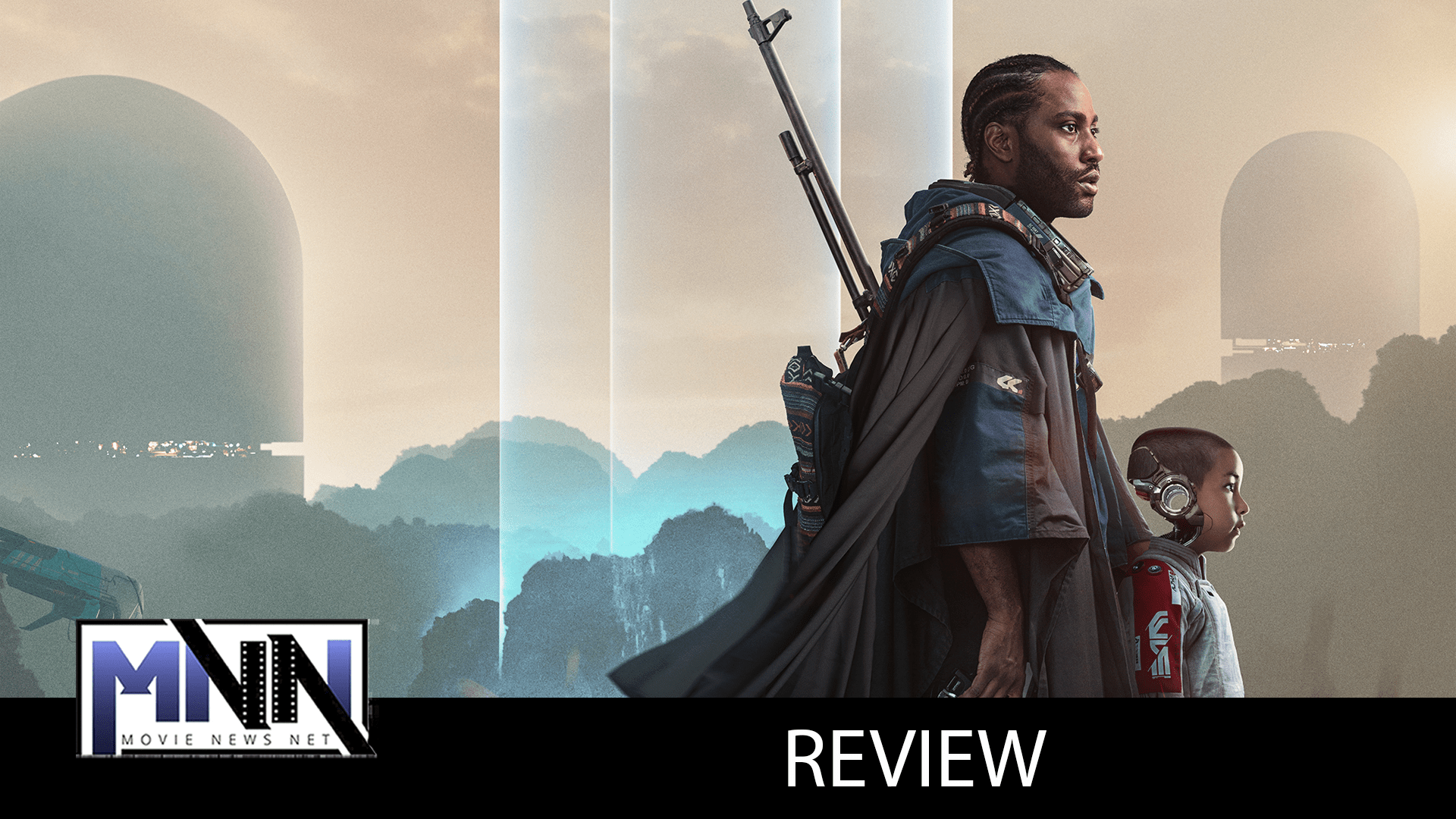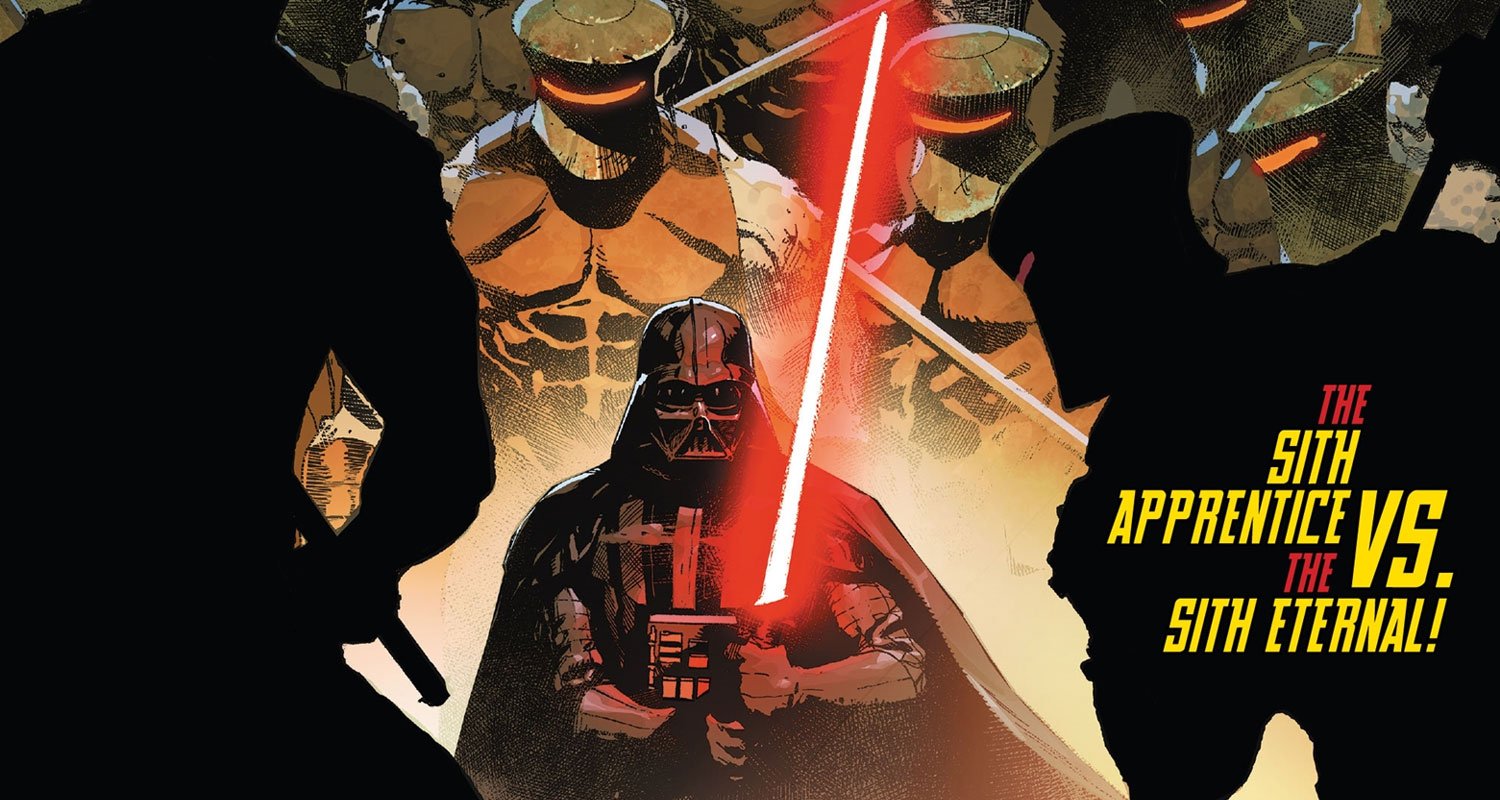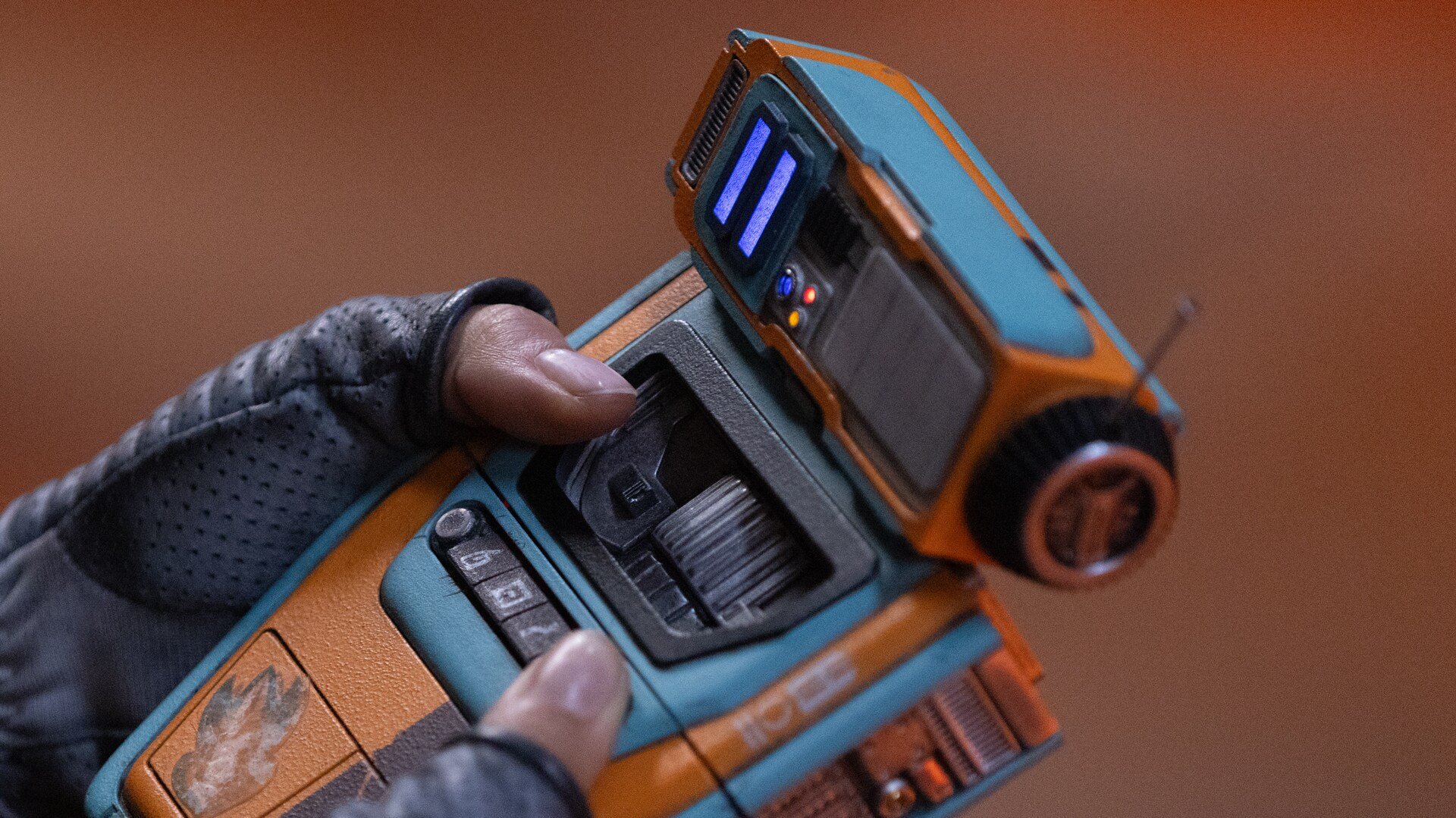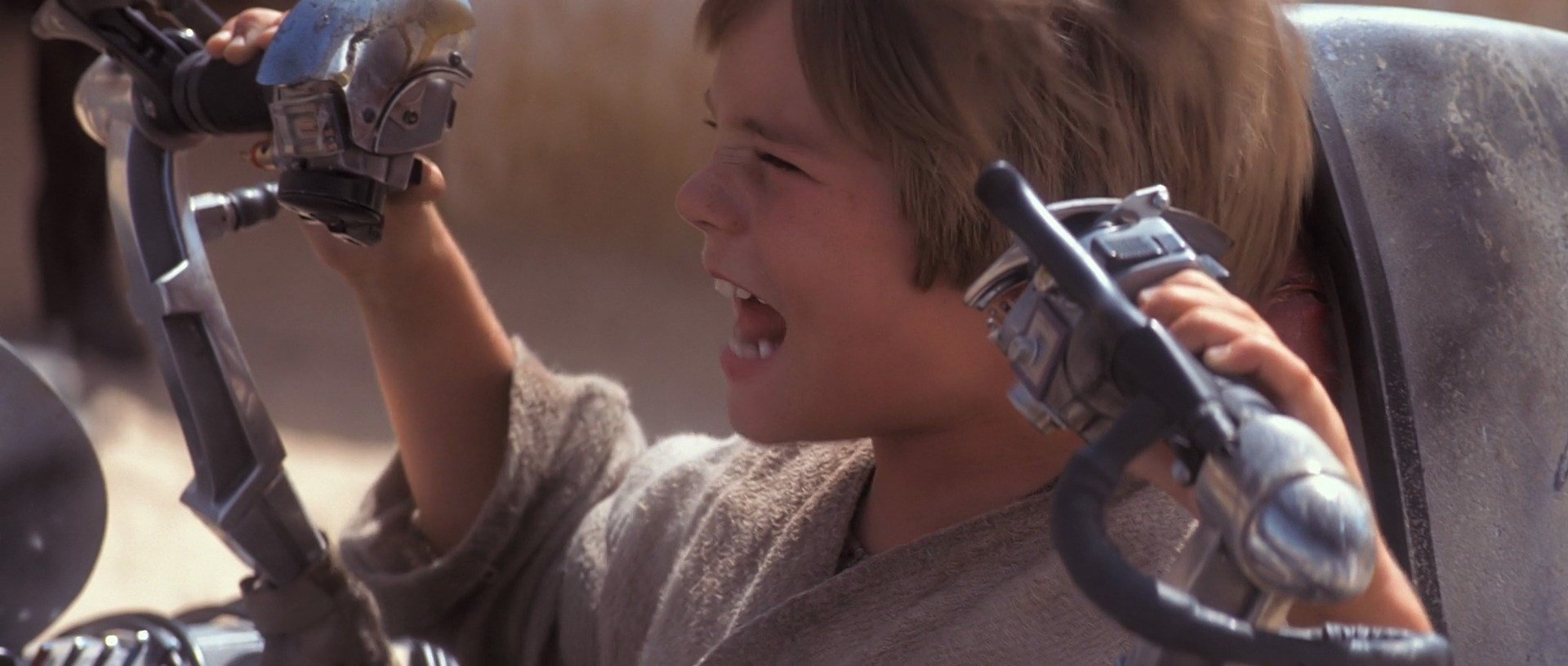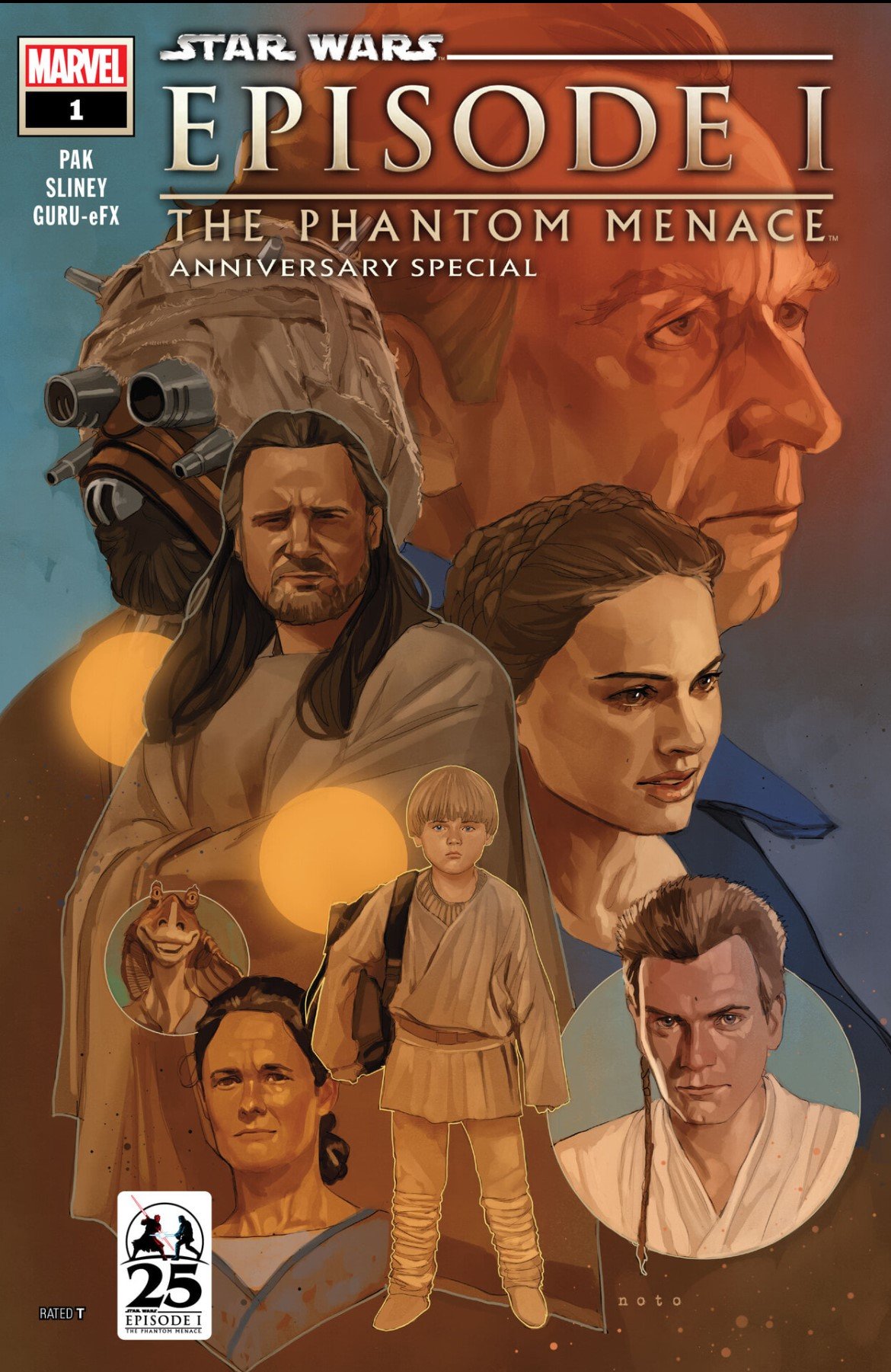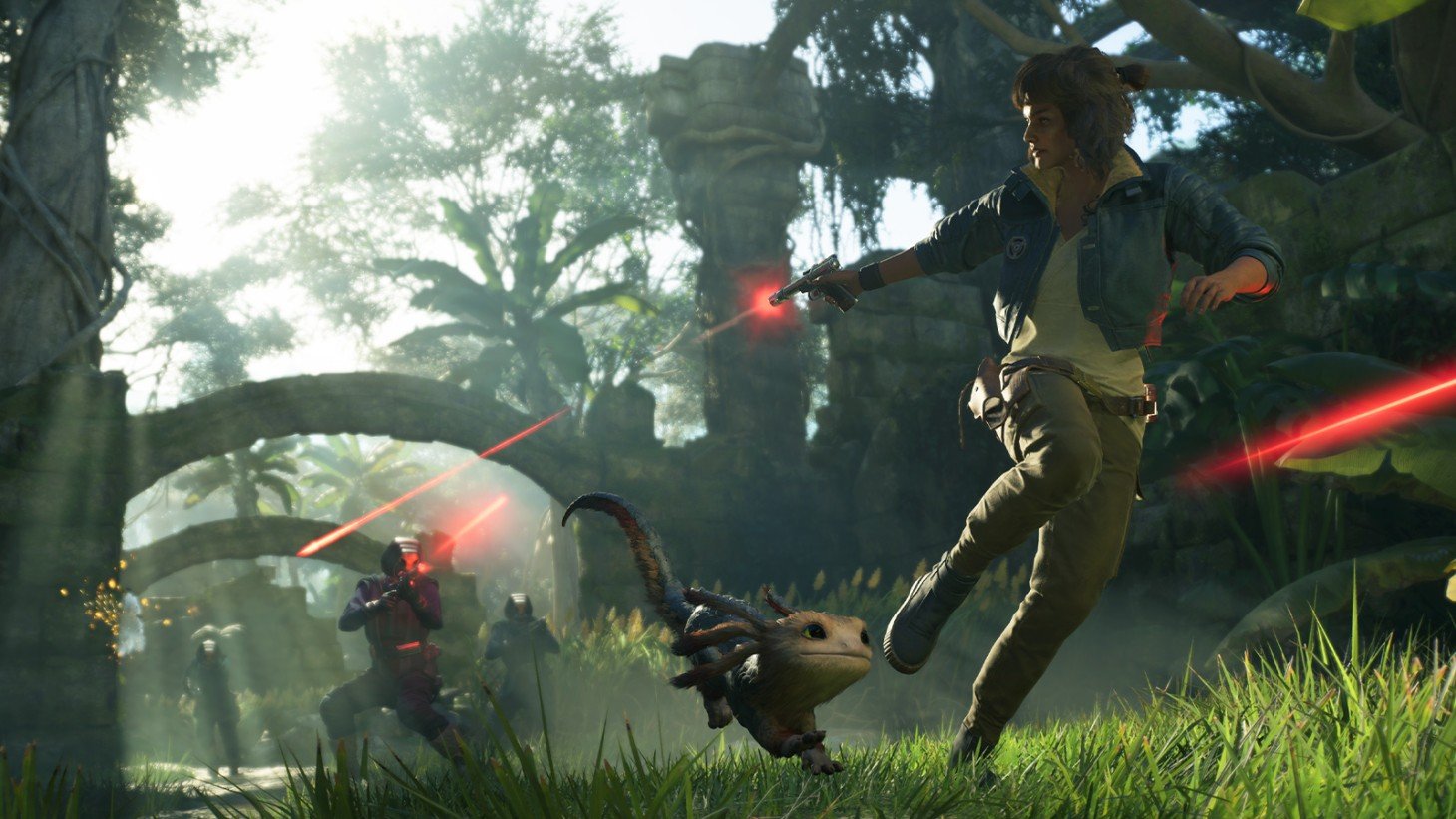‘The Creator’ Review: A Visual and Thought-Provoking Spectacle With a Half-Cooked Storyline
“When I grew up, nearly every film at the cinema was an original blockbuster.” This is the first line on a statement by Gareth Edwards that was included in the press notes for his latest sci-fi epic, The Creator. It is a director’s declaration in and of itself, both a challenge and a motivation for a creator to get out there, grab a camera, and shoot something they came up with. The idea of original programming seems to be laughable when you get to certain budget thresholds in the current Hollywood studio system, and going up against it has been The Creator‘s biggest marketing tool used to entice people into watching it — the fact that these concepts and designs came out of a single person’s head while he was driving through the Midwest after the exhausting experience of directing a Star Wars film, and he just couldn’t let it go. Creative ideas went through the roof when he went to Thailand and Vietnam and started picturing giant futuristic facilities set against beautiful Asian backdrops. It’s the old Denis Villeneuve argument to direct Blade Runner 2049: “They will do the movie anyway and I don’t want somebody to fuck it up.”
It’s a romantic idea appealing enough to convince me I should love this movie, if for no other reason than the story behind it alone. Edwards has been working on the film for years, and was able to pull off a better-looking blockbuster than any movie coming from Marel Studios for several years, and three times cheaper (a reminder that maybe we should give the directors of big Hollywood movies some VFX background — that’s how Edwards came into the studio machinery, after doing the 250 visual effects shots of his indie movie Monsters by himself from his bedroom; that experience can now give him the knowledge to approve or know what to look for in VFX shots that are submitted). But all of this has already been said more than enough times by pretty much anyone talking about The Creator. It is, no doubt, important context to be given, because I wish the story had lived up to the movie’s technical achievements.
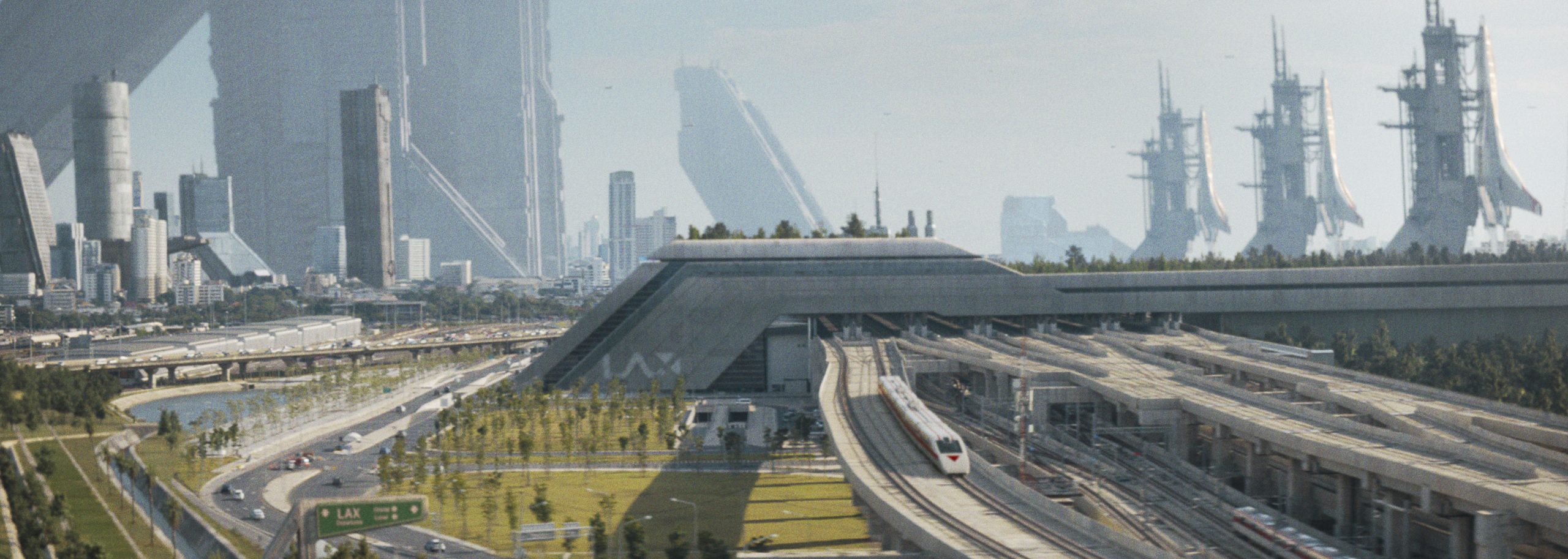
A scene still from 20th Century Studios’ THE CREATOR. Photo courtesy of 20th Century Studios. © 2023 20th Century Studios. All Rights Reserved.
Set in 2065, the film takes place in a world where humans and artificial intelligence are living together, and our species is benefitting greatly from that exchange. That is until a computer detonates a nuclear head in Los Angeles, bringing the US to ban the use of artificial intelligence and declare war on it — by extension, that brings the fight to New Asia, where the locals have no problem using robots and simulants (robots with human likeness) and having them be a part of their society. With that exposition-heavy prologue, we meet Joshua (a formidable yet poignant John David Washington, who steps up to the task but never really shines too brightly) and his partner, Maya (Gemma Chan, who pretty much steals every fleeting scene she’s in), who is expecting. Reality catches up to them, though, as the Americans are on their New Asian shores and will have no problem destroying everything at the scope of their weapons.
We find out quickly that Joshua is undercover and really pissed off when he realizes the US Army has pretty much blown his mission to pieces. A few robots and simulants, along with Maya, are able to escape — but not so far, because the Americans’ ultimate weapon, the Nomad, blows to pieces everyone who escaped. It will take five years, Allison Janney (playing Colonel Jean Howell), and holographic proof that Maya may still be alive to convince Joshua to go back to New Asia and try to retrieve the AI’s latest invention, a weapon capable of destroying the Nomad and thus putting an end to the war. In classic American fashion, if only we could get our hands on that weapon first… As they go undercover, Joshua finds the weapon — a little girl by the name Alphie, who is able to take her to Maya, or so he thinks. And everyone is after them now.
While it is true that The Creator is not based on a pre-existing IP, some of its influences are absolutely undeniable. The idea of a cross-country trip by a man in search of meaning for his life after the loss of her dearest one during the prologue and a little girl whom he has no affection for, and who can put an end to the reason the world ended as we knew it, is a little reminiscent of a 10-year-old video game that got its own HBO series adaptation earlier this year. There are hints of The Last of Us all over The Creator, and though it sometimes can be a little distracting, it’s obvious that every original science fiction film produced by Hollywood has at least 17 different sources of inspiration it could be accused of plagiarizing — Star Wars and Akira Kurosawa’s filmography being the most obvious and known example of all. But what does this story make it stand out from what came before?
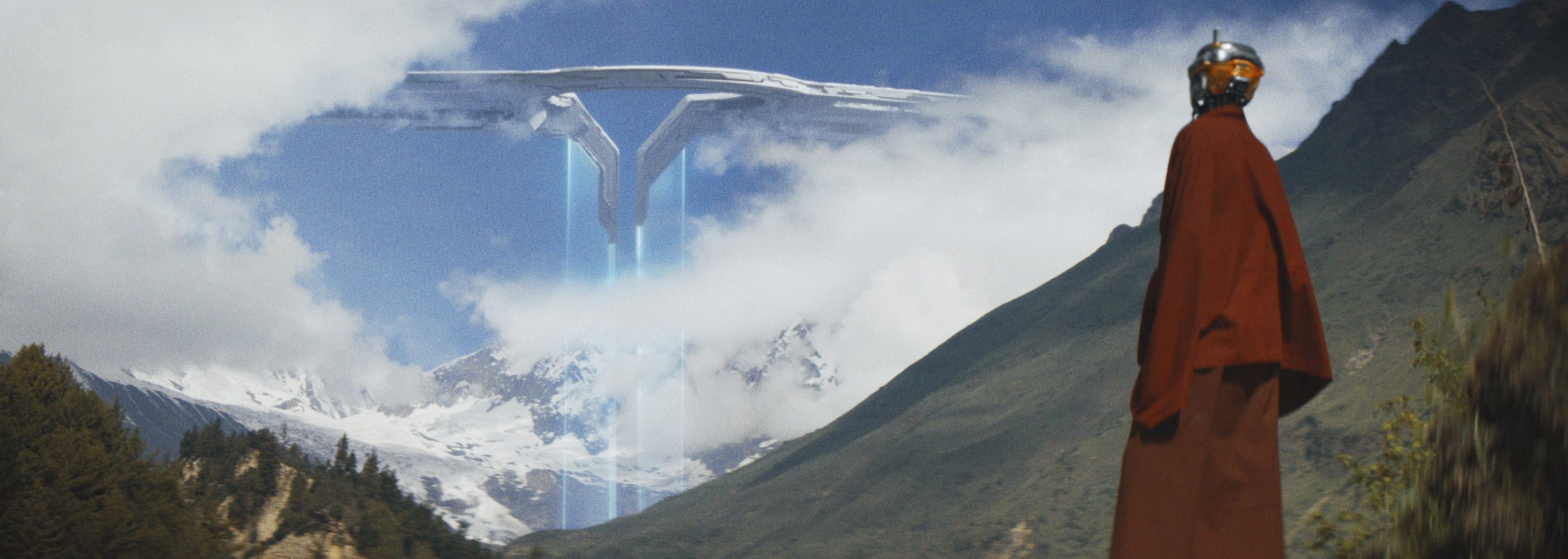
A scene still from 20th Century Studios’ THE CREATOR. Photo courtesy of 20th Century Studios. © 2023 20th Century Studios. All Rights Reserved.
There’s no denying that the decision to set the film in the real world and then age it up, adding layers of futuristic settings, was the right one. Greig Fraser and Oren Soffer’s cinematography is mesmerizing to say the least, particularly when we spend quality time in the countryside of Thailand, Cambodia, Vietnam, and other places the film crew got to visit. The Creator, as exemplified by the two-paragraph summary above of the first ten-ish minutes of the film, can be quite overwhelming at first. There’s a lot of information to deliver even before the actual story begins — for that to be successfully accomplished, Edwards needed a very talented editor to help him guide it through and not lose the viewer in the mix. Well, it actually took three editors: Hank Corwin, Scott Morris, and, of course, Joe Walker, who is making a strong case for himself to become the next Michael Kahn.
It is in those technical aspects that The Creator really excels because the story is only half-cooked. It is indeed a large and epic tale compressed into a 133-minute runtime, including credits, so no wonder it will feel overwhelming to the viewer. Full credit here, once again, to the editing team for not making this feel rushed, yet there’s so much they could do with what they were given and the feature film format. For the story to work, we have to buy into the relationship between Joshua and Alphie, and though the key moments are there, there’s a lot of nuance that we’re missing. Another big source of inspiration for the film, particularly for Joshua’s arc, is Lawrence of Arabia. And even though I applaud the decision to keep the runtime around the two-hour mark (something Marty Scorsese could take a cue from), the fact is that David Lean’s film could not have worked with that length, and now we see exactly why.
In addition to leaving the relationship between Joshua and Alphie a bit underdeveloped and with the feeling we’ve pressed “fast-forward” on a few different occasions, there are also plenty of concepts introduced by the film that are rarely explored. New Asia is the perfect example here: a simple enough touch to make the world feel familiar yet a reminder that a lot has happened in the last few decades and that we really don’t know the full story here. However, one could also argue that therein lies the beauty of such concepts, that the viewer can take them home and start building their own version of what happened. What is the deal with these simulants? How did a robot become a Buddhist monk?
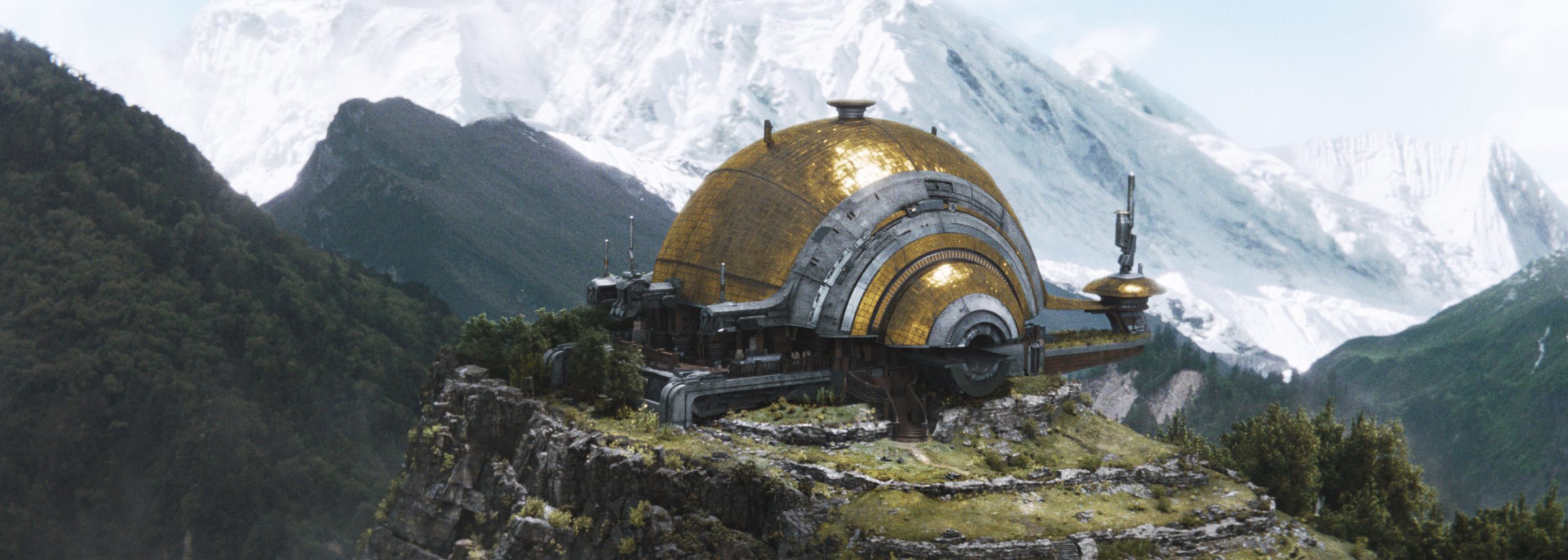
A scene still from 20th Century Studios’ THE CREATOR. Photo courtesy of 20th Century Studios. © 2023 20th Century Studios. All Rights Reserved.
Of course, the film didn’t focus on any of those questions, nor did it have to. Even though it doesn’t really deviate from the traditional storyline it follows, the big source of inspiration is, of course, Blade Runner and its existential questions. What is it that makes us human? Is it the ability to love? Or is it the ability to hate? In a subtle and extremely timely move, The Creator argues that artificial intelligence is only as dangerous as we make it out to be. Because we are “the creator”, it is we humans that have the power to control how far it goes. Yes, there is the old Terminator argument that the AI will learn for itself and gain consciousness, but to what degree was it us that we first allowed it to do so? It is a warning sign that artificial intelligence can be used to aid us with crops and to not feel lonely, but also to destroy is if we are not careful enough. It is up to us to decide what to do with it and how far we go.
And I would even say it goes even further. After all, it is the Americans who created the AI that detonated the nuclear bomb, starting the circle of violence that is also a recurring theme in The Last of Us. That violent attack led to the creation of the Nomad, which then led to Alphie, which then led to the Americans seeking to destroy Alphie. Meanwhile, we witness barely any violence in the hands of AI in New Asia, as the population there has learned to successfully live with it as it was first envisioned: our partner of the next age. Not the enemy, but something we can actually use to move forward. In other words, someone tell the Americans to stop messing with AI.
The Creator is now in theaters worldwide. It is definitely worth the price of admission.
Miguel Fernández is a Spanish student that has movies as his second passion in life. His favorite movie of all time is The Lord of the Rings, but he is also a huge Star Wars fan. However, fantasy movies are not his only cup of tea, as authors like Scorsese, Fincher, Kubrick or Hitchcock have been an obsession for him since he started to understand the language of filmmaking. He is that guy who will watch a black and white movie, just because it is in black and white.

